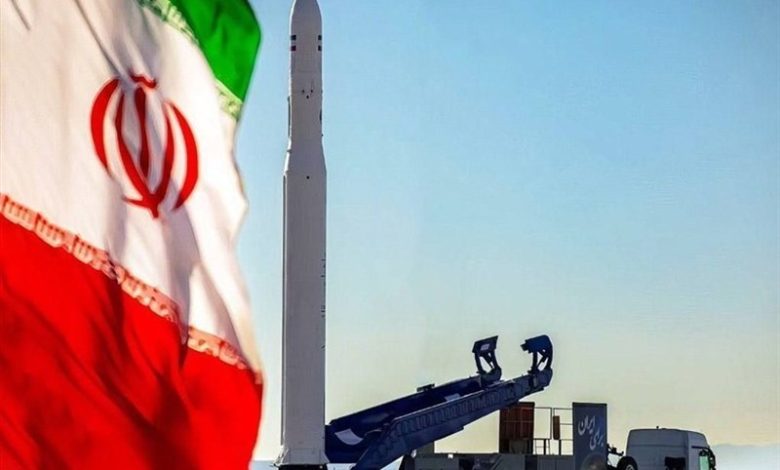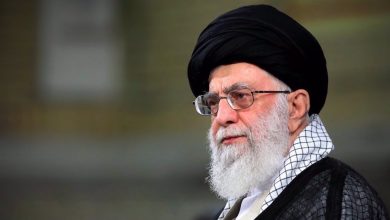Iran plans to deploy the ‘Shaheed Soleimani’ satellite constellation in the year 2025

In an interview with Tasnim News Agency, Hassan Salarieh, the chief of the Iranian Space Organization, offered insights into the nation’s ongoing space initiatives. He addressed various subjects, including the current condition of Iran’s satellite fleet, breakthroughs in the space sector, and plans for forthcoming launches.
Salarieh announced that the ‘Shaheed Soleimani’ satellite constellation, intended to advance the Internet of Things (IoT), consists of 20 satellites that are presently being developed.
He pointed out that the ‘Research’ series satellites, specifically Research 1, 2, 3, and 4, have entered either the tender phase or commenced their construction.
Salarieh highlighted progress in satellite technology with the advancement of ‘Pars 2’ and ‘Pars 3’ satellites, alongside two additional radar satellites. He underscored the imminent launches of the ‘Nahid 2’ and ‘Nahid 3’ satellites, which are now poised for deployment.
He indicated that the ‘Shaheed Soleimani’ satellite constellation is anticipated to undergo a test launch in early 2025, with the primary launch scheduled for March 2026.
Salarieh announced that multiple test launches have been carried out for the new satellites to resolve potential in-orbit complications. He further revealed that the enhanced ‘Pars 1’ satellite is set to be introduced during the Fajr decade, a ten-day celebration marking the anniversary of the Islamic Revolution’s triumph, observed from February 1 to 11.
In a recent discourse on Iran’s satellite assets, Salarieh noted that a number of these satellites have exhausted their operational lifespans. He pointed to the ‘Mehda’ satellite, which was launched in February 2023, as a currently active telecommunications instrument in orbit.
In a discussion on the contributions of academic institutions to satellite technology, Salarieh emphasized that universities are instrumental in the construction of numerous satellites. This involvement is pivotal, as it not only facilitates the training of future specialists but also advances essential space technologies.
He noted that a significant number of knowledge-based enterprises, working in conjunction with the Space Organization, have originated from university settings.
Additionally, Salarieh highlighted the ongoing collaborations with universities and the Vice-Presidency for Science and Technology aimed at advancing forward-looking space technologies. He emphasized the pivotal role that university-affiliated spin-off companies are playing in shaping the future of the space industry.







